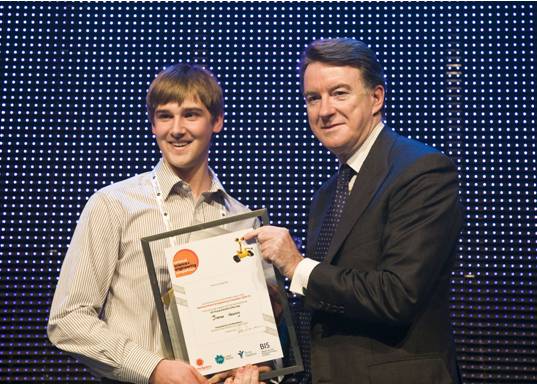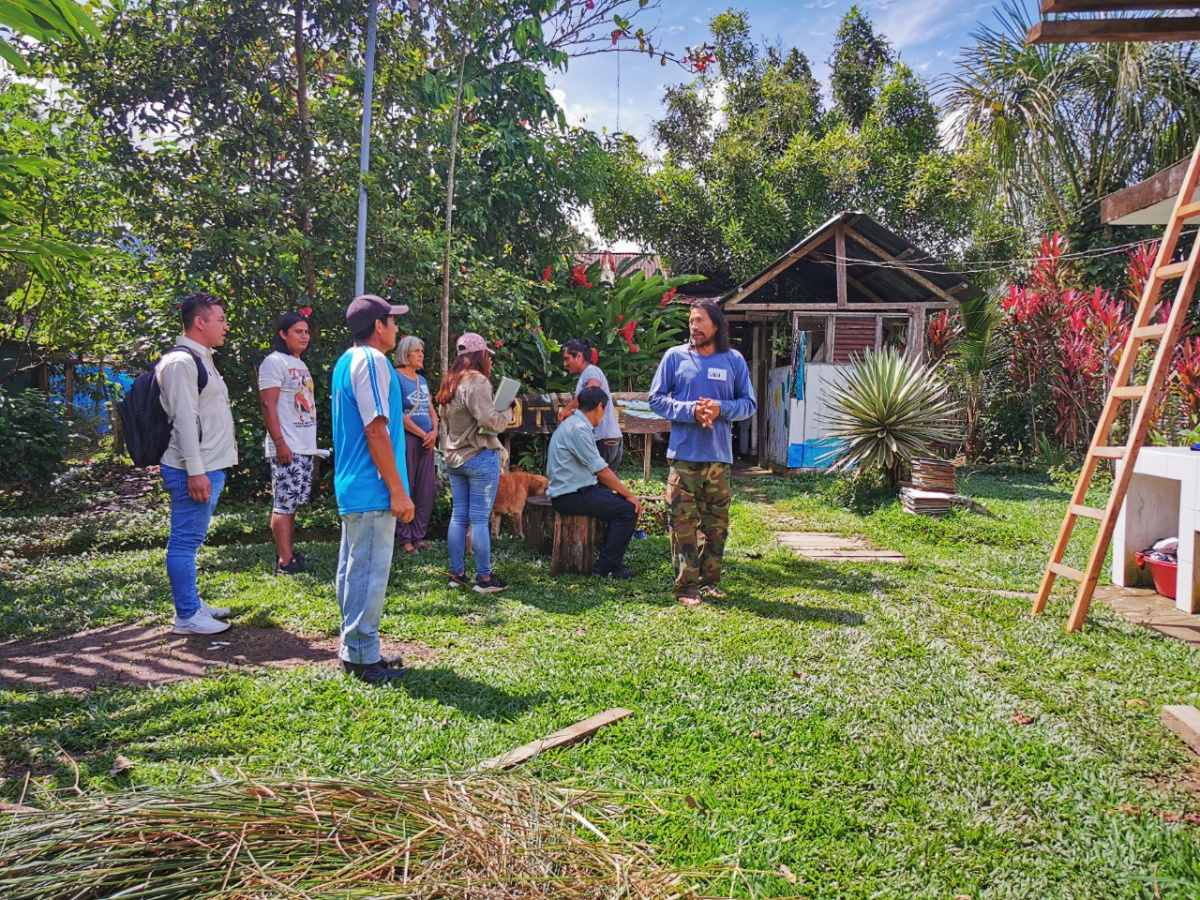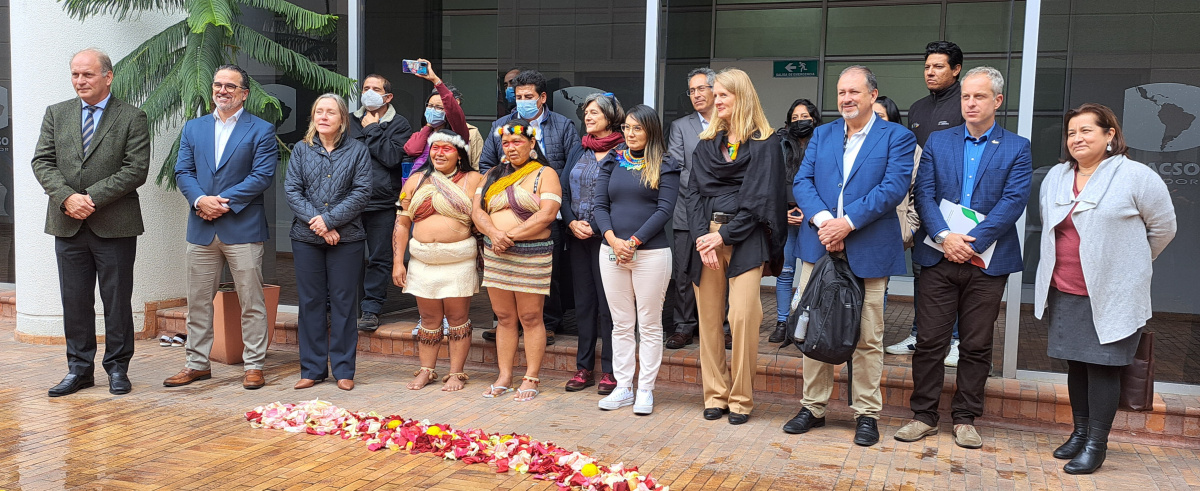Jurassic Coast Student named UK Young Scientist of the Year 2010

Photo: UNESCO UK
Thomas, who is a student at the Thomas Hardye School in Dorchester, spent six weeks working with the Jurassic Coast Team. As part of his placement he was mentored by Dr Anjana Ford, education coordinator for the Jurassic Coast Team. One of the key elements of the new Jurassic Coast World Heritage Site management plan is an education programme that actively engages young people in the conservation and interpretation of the Site.
Thomas was selected to exhibit his research at the national Big Bang Science Fair in Manchester where he awarded UK Young Scientist of the Year 2010 during a glitzy ceremony as part of the fair’s finale. He beat off competition from around 200 other young people to win the top science prize and was presented with his award by the UK Business Secretary, Lord Mandelson. Thomas will now present his Jurassic Coast research project at the International Science Fair in San Jose, California. He also won a framed certificate, a trophy, a cash prize of £2000 and a trip of his choice to one of the leading scientific institutions in the world.
Thomas’ project examined the erosion of one of the World Heritage Site’s key fossil locations - the Ammonite Pavement on Monmouth Beach near Lyme Regis. His placement was funded through the Nuffield Foundation Science bursary scheme. His project report titled: "A baseline study of Monmouth Beach's Ammonite Pavement" has already been published by the UK mapping agency, the Ordnance Survey.
The Thomas Hardye School is also celebrating becoming a member of UNESCO Associated School in the UK. The school has already carried out numerous projects around the Jurassic Coast. Students at Thomas Hardy are also exploring the role of the UN, developing links with a partner school in Kenya and promoting active and responsible citizenship. Thomas’s science project forms part of the Thomas Hardye School’s commitment to the UNESCO Associated Schools programme as it has actively contributed to the science and conservation of the Jurassic Coast World Heritage Site.



